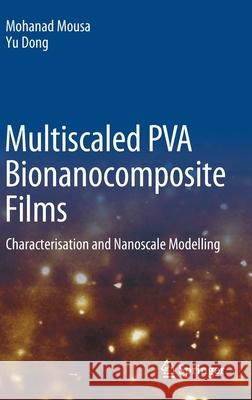Multiscaled Pva Bionanocomposite Films: Characterisation and Nanoscale Modelling » książka
topmenu
Multiscaled Pva Bionanocomposite Films: Characterisation and Nanoscale Modelling
ISBN-13: 9789811587702 / Angielski / Twarda / 2020 / 179 str.
Multiscaled Pva Bionanocomposite Films: Characterisation and Nanoscale Modelling
ISBN-13: 9789811587702 / Angielski / Twarda / 2020 / 179 str.
cena 523,30
(netto: 498,38 VAT: 5%)
Najniższa cena z 30 dni: 501,19
(netto: 498,38 VAT: 5%)
Najniższa cena z 30 dni: 501,19
Termin realizacji zamówienia:
ok. 22 dni roboczych.
ok. 22 dni roboczych.
Darmowa dostawa!
Kategorie BISAC:
Wydawca:
Springer
Język:
Angielski
ISBN-13:
9789811587702
Rok wydania:
2020
Wydanie:
2021
Ilość stron:
179
Waga:
0.45 kg
Wymiary:
23.39 x 15.6 x 1.27
Oprawa:
Twarda
Wolumenów:
01
Dodatkowe informacje:
Wydanie ilustrowane











